Best Foods To Eat Before And After A Workout
 If you go to the gym on an empty stomach or don’t eat for hours after working out, you may be doing yourself a disservice. The food you consume before and after your workout helps determine whether you have the energy for maximum benefits, recover faster, and build muscle tissue. There’s no right combination of macronutrients, but some generalizations. Everyone is different, so the snack should have a medium amount of protein, be high in carbohydrates, and contain a small amount of healthy fat.
If you go to the gym on an empty stomach or don’t eat for hours after working out, you may be doing yourself a disservice. The food you consume before and after your workout helps determine whether you have the energy for maximum benefits, recover faster, and build muscle tissue. There’s no right combination of macronutrients, but some generalizations. Everyone is different, so the snack should have a medium amount of protein, be high in carbohydrates, and contain a small amount of healthy fat.
The more intense the workout, the more you need pre and post-workout snacks.
If you’re doing moderate exercise, you don’t need a pre-workout or post-workout snack or meal as much. If you’re doing an intense workout, it’s vital. For a pre-workout meal or snack, the bigger the serving, the longer amount of time you need before you workout. General consensus is between an hour and two hours, but for a small snack, thirty minutes is enough. You should consume the post-exercise snack or meal as soon after your workout as possible. If it’s close to your dinner, breakfast, or lunch, wait until then.
The type of food you choose is up to you.
If you’re eating a meal, make sure it includes quality protein and a high amount of carbohydrates. Snacks are simpler. It can be something as easy as cottage cheese and berries or unsweetened applesauce. Other good pre and post-workout foods include nut butter on whole wheat or spread on apple slices. If you’re trying to lose weight, keep the calorie count of the snack between 100 and 200 calories.
Get fueled and ready before the workout and start building muscle tissue after you’re done.
Getting fuel to the muscles so you don’t crash and burn mid-workout is key to a successful session. A treat like a frozen banana dipped in melted semi-sweet bits and rolled in nuts is a good example of a food that fuels your workout and builds muscle tissue. Pitted dates stuffed with a nut or nut butter is another excellent snack. Don’t forget that meals should contain both protein and carbs. For instance, a big salad, vegetable and fruit sides, and a grilled chicken breast would be a good pre or post-exercise meal.
- Hold off on the fat, especially before you workout. Too much fat before you workout can make you sick. Skip heavy gravy, fried food, and butter.
- Smoothies make a good pre and post-workout snack. Add lots of fresh fruits and vegetables. Don’t forget the protein. You can use milk products or protein powder for it.
- Hard-boiled eggs sliced on avocado toast not only is delicious, but it’s also an excellent snack. When you mash the avocado, add a little lemon juice to prevent it from browning.
- Pair sweet potato wedges with chicken for a snack or as part of a full meal. Use leftover chicken or canned tuna to create a salad spread on whole wheat.
For more information, contact us today at LIV Fitness

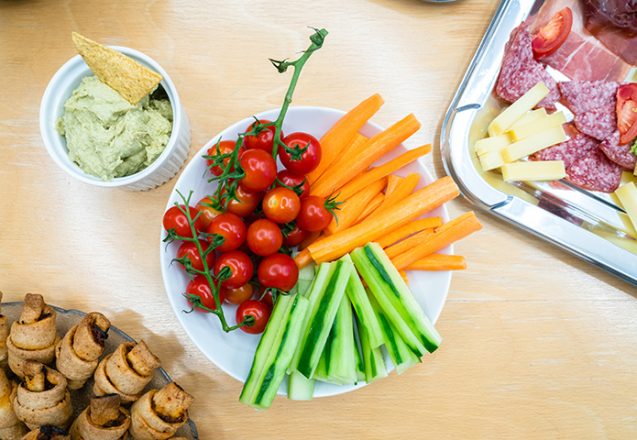

 We help people identify ways to improve their physical at Liv Fitness in Livermore, CA. Our trainers provide personalized fitness workouts. We also provide nutrition plans specifically designed to improve performance and recovery. One factor most people overlook that affects your workout and progress is the amount of sleep you get. Adequate sleep is vital to all efforts of humans, both mental and physical.
We help people identify ways to improve their physical at Liv Fitness in Livermore, CA. Our trainers provide personalized fitness workouts. We also provide nutrition plans specifically designed to improve performance and recovery. One factor most people overlook that affects your workout and progress is the amount of sleep you get. Adequate sleep is vital to all efforts of humans, both mental and physical.
 Most people struggle to define what wellness is. They either say, “not being sick” or “being well.” The same is true of meditation or stress. You can’t touch those things or see them. People understand the concepts without being able to put them into precise words or create a mental picture. That elusiveness of definition isn’t the only connection. Not only are there other links between them, but every year scientists are learning more connections.
Most people struggle to define what wellness is. They either say, “not being sick” or “being well.” The same is true of meditation or stress. You can’t touch those things or see them. People understand the concepts without being able to put them into precise words or create a mental picture. That elusiveness of definition isn’t the only connection. Not only are there other links between them, but every year scientists are learning more connections.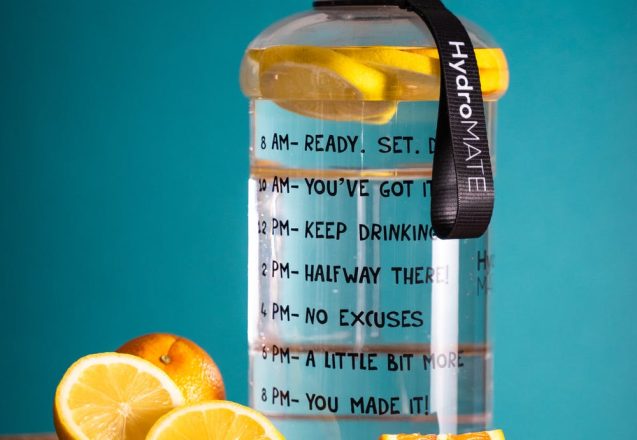
 It’s easier to stay hydrated when you’re lying on a lounger in the sun because you’re more aware you’re sweating and hot. It’s not as easy during your workout and hyper focused on exercise. When people workout, thirst should be the first reminder, but if the entire focus is on doing one more set, it may be ignored. The more dehydrated a person becomes, the more threatening the signs become. Take extra precautions and have a hydration system in place to avoid the problem. It can be as simple as drinking a small amount after each exercise.
It’s easier to stay hydrated when you’re lying on a lounger in the sun because you’re more aware you’re sweating and hot. It’s not as easy during your workout and hyper focused on exercise. When people workout, thirst should be the first reminder, but if the entire focus is on doing one more set, it may be ignored. The more dehydrated a person becomes, the more threatening the signs become. Take extra precautions and have a hydration system in place to avoid the problem. It can be as simple as drinking a small amount after each exercise.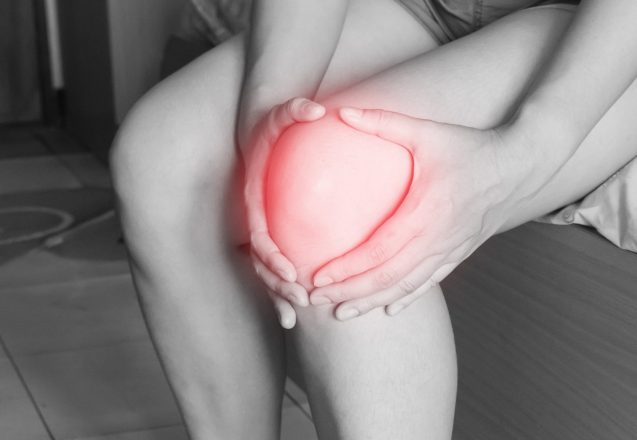
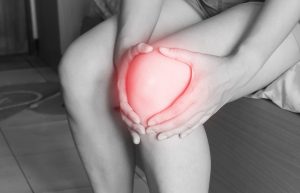 If you carried an extra 50 to 100 pounds strapped onto your waist, by the end of the day, your entire lower body would hurt. The muscles would be painful, but so would the joints. That’s because excess weight can trigger hip and knee pain. The American Association of Orthopedic Surgeons says the hip and knee joints are affected by weight. They experience a force that’s greater than seven times that person’s weight. If you weigh 250 pounds, that force is 1750 pounds. If you lose 100 pounds, the force reduces to 1050 pounds of pressure, a huge difference. Weight loss is one controllable factor to reduce pain in the lower joints.
If you carried an extra 50 to 100 pounds strapped onto your waist, by the end of the day, your entire lower body would hurt. The muscles would be painful, but so would the joints. That’s because excess weight can trigger hip and knee pain. The American Association of Orthopedic Surgeons says the hip and knee joints are affected by weight. They experience a force that’s greater than seven times that person’s weight. If you weigh 250 pounds, that force is 1750 pounds. If you lose 100 pounds, the force reduces to 1050 pounds of pressure, a huge difference. Weight loss is one controllable factor to reduce pain in the lower joints.
 If you workout at Liv Fitness in Tracy, CA, you probably are active outside the gym. You may go swimming, biking, running, or hiking and probably wonder which one burns the most calories. It’s not an easy question to answer, since that depends on several factors. How fast is your pace and how intensely are you exercising? How long are you exercising?
If you workout at Liv Fitness in Tracy, CA, you probably are active outside the gym. You may go swimming, biking, running, or hiking and probably wonder which one burns the most calories. It’s not an easy question to answer, since that depends on several factors. How fast is your pace and how intensely are you exercising? How long are you exercising?
 Spending time at the gym with a personal trainer is the best way to lose weight and build muscle, but it’s best to vary your exercise to keep it interesting. One form of exercise, yoga, provides flexibility and serenity while boosting weight loss. The reason for that is a bit elusive. It doesn’t burn as many calories as traditional workouts. In most cases, it’s less intense. Even though it doesn’t burn as many calories per hour, it still burns more calories than binge-watching Netflix. Most yoga provides restoration, although some are more grueling like Bikram yoga which burns between 477 and 594 calories an hour.
Spending time at the gym with a personal trainer is the best way to lose weight and build muscle, but it’s best to vary your exercise to keep it interesting. One form of exercise, yoga, provides flexibility and serenity while boosting weight loss. The reason for that is a bit elusive. It doesn’t burn as many calories as traditional workouts. In most cases, it’s less intense. Even though it doesn’t burn as many calories per hour, it still burns more calories than binge-watching Netflix. Most yoga provides restoration, although some are more grueling like Bikram yoga which burns between 477 and 594 calories an hour.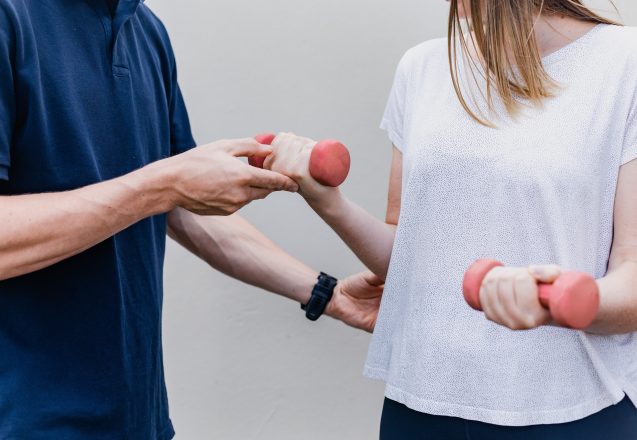
 No matter what your age or gender, you’ll reap a lot of benefits from strength training. Most people think strength training is just for men, but that’s not true. Women get just as much from it, if not more. It does help build muscle tissue. Many women worry they’ll end up looking like the Hulk. They won’t. Women require long hours of special training and diet to get the bulging muscles men have. For 99% of women, strength training tones their muscles and gives them a svelte, sinewy appearance.
No matter what your age or gender, you’ll reap a lot of benefits from strength training. Most people think strength training is just for men, but that’s not true. Women get just as much from it, if not more. It does help build muscle tissue. Many women worry they’ll end up looking like the Hulk. They won’t. Women require long hours of special training and diet to get the bulging muscles men have. For 99% of women, strength training tones their muscles and gives them a svelte, sinewy appearance.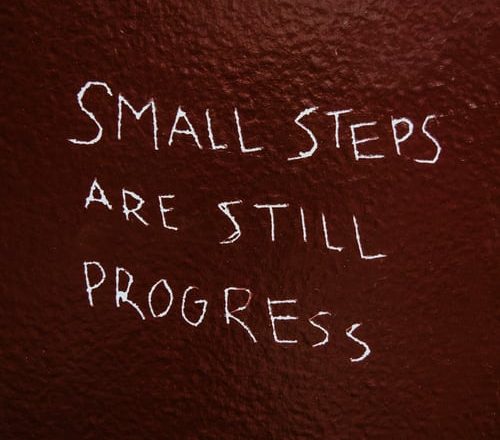
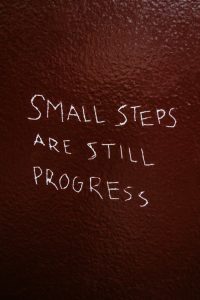 People come to LIV Fitness for many reasons. One of the biggest is the convenience. We’re open and ready to serve 24/7. People can workout any time and achieve their fitness, weight loss, and health goals. One client told us that the 24-hour access helped him get into shape and lose weight. His schedule is erratic, so work ends at odd hours. His day used to end with several drinks to help him relax and a big meal. Now he works out after work and goes home to a planned meal he can pop in the microwave. The exercise helps him wind down from the day, and meal planning helps him eat healthier.
People come to LIV Fitness for many reasons. One of the biggest is the convenience. We’re open and ready to serve 24/7. People can workout any time and achieve their fitness, weight loss, and health goals. One client told us that the 24-hour access helped him get into shape and lose weight. His schedule is erratic, so work ends at odd hours. His day used to end with several drinks to help him relax and a big meal. Now he works out after work and goes home to a planned meal he can pop in the microwave. The exercise helps him wind down from the day, and meal planning helps him eat healthier.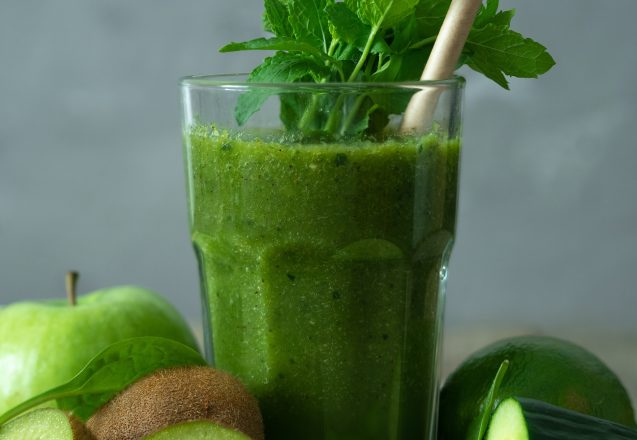
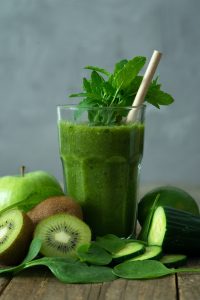 Nothing is truer than the saying, “You are what you eat.” It means what you put in your mouth affects your overall health, appearance, and energy level. If you’re plagued by every new type of viral or bacterial infection, you need to start looking at your diet and other daily habits. Including immune-boosting nutrition in your life can make all the difference between being healthy or spending the weekend treating the flu.
Nothing is truer than the saying, “You are what you eat.” It means what you put in your mouth affects your overall health, appearance, and energy level. If you’re plagued by every new type of viral or bacterial infection, you need to start looking at your diet and other daily habits. Including immune-boosting nutrition in your life can make all the difference between being healthy or spending the weekend treating the flu.